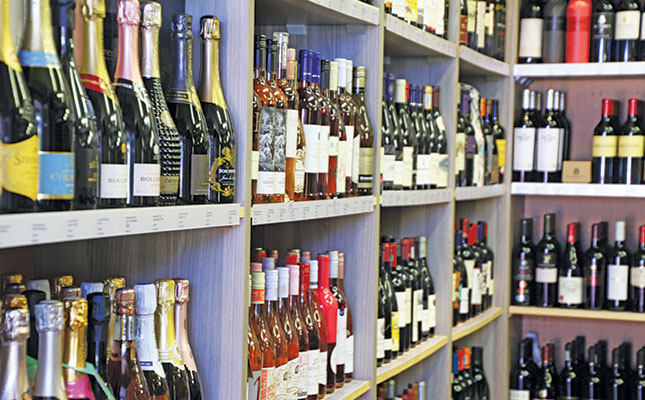
Photo: FW Archive
Siobhan Thompson, CEO of Wines of South Africa (WoSA), primarily blamed the decline on shipping constraints at Cape Town port, in particular an extended period of adverse weather conditions, which prevented ships from docking in April and a two-week long period of strikes in October.
The industry, nevertheless, is on track with its premiumisation strategy, with the total price per litre increasing by 2,2%, mainly supported by a 5,3% increase in bulk Rand per litre. While this is only slightly better than last year, prices are substantially higher than in 2018 when the industry exported 420,2 million litres of wine, which amounted to R9,1 billion in value.
Bulk wine accounted for 62% of 2022 exports, while packaged wine was by far the value leader, accounting for 77% of export value. However, bulk wine exports declined by 6,2% to 227,7 million litres and saw a 1,2% drop in value to R2,3 billion, whereas packaged wine exports declined by 3% to 141,1 million litres and 3,3% decline in value to R7,6 billion.
The United Kingdom, South Africa’s largest wine export market, saw growth of 5% to 96,9 million litres, but the total value of sales declined by 5% to R2,4 billion, on the back of a 12% decline in the value of packaged wine to R1,7 billion. The value of bulk wine in this market, however, increased by 20% to R689 million.
Thompson said that higher-priced bulk exports to this market drove the volume growth with an 8% growth in Rand per litre being realised.
In Germany, South Africa’s second-largest market, sales volumes were down by 9% to 59 million litres and value by 17% to R1 billion. Thompson ascribed this to rising inflation, increased living costs, which is true of many other countries, an emerging culture of drinking local wines to support local producers, coupled with a lack of tourism to South Africa.
Extended extreme lockdown measures have also taken its toll on exports to China, which previously showed exponential growth for South African wine. Total exports to China declined by 38% to 8,5 million litres, while the export value declined by 26% to R337 million.
Thompson said that Africa continued to support export growth and will create significant future opportunities once the African Continental Free Trade Area (AfCFTA) was implemented. Volumes to Africa were slightly down, by 1% to 23,2 million litres, while export value increased by 8% to R809 million.
Volumes exported to the United States declined by 40% to 25,5 million litres while export value declined by 10% to R798 million.
In terms of South Africa’s other major markets, only France (34% to 22,5 million litres), Denmark (11% to 15,5 million litres) and Belgium (17% to 13,7 million litres) saw volume growth, while only Denmark (11% to R363 million), France (36% increase to R289 million) and the United Emirates (36% to R231 million) saw major growth in export value.
Thompson is positive about 2023, saying that the image of South African wine continues to grow globally as South African wines were being awarded top international accolades in competitions and were garnering highly coveted professional ratings.
She added that the industry is due to have a major presence at ProWein in Germany in March, with producers “not being able to wait to hop on planes and have face-to-face meetings with importers again.”













